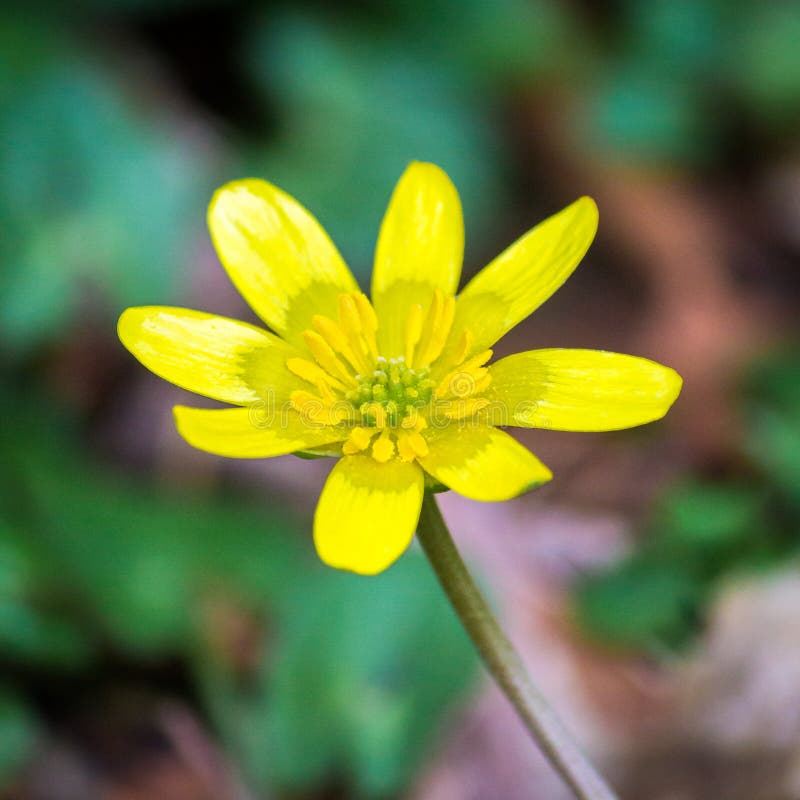
In such a pot, you can place 1 or 2 tubers. Propagating from tubers: If you purchase the tubers from the shops, you have to soak them for 10-12 hours in pure water.
#Yellow buttercup flower how to#
See also How To Care ZZ Plant - Zamioculcas Zamiifolia The best climate condition is 60 to 75 degrees F (15-23 C). You can use either biodegradable containers or a plug tray to propagating Persian buttercup seeds. Place the seeds on moist soil and cover the seeds with soil, not deep. Propagating from seeds: Autumn is the most suitable period to get new baby plants from the Ranunculus seeds. In warmer areas, the best time is the rainy season. It grows annually but depending on the environmental condition it can be a perennial. This flowering plant can grow in pots, containers, borders, or planting beds. For bloom in the spring, you have to plants in late summer. Then you can expect flowers in late summer. Spring or Autumn is the best time to plant buttercups either by dividing tubers or planting seeds. Planting and Propagating.įor the ranunculus propagation, we can use either seeds or tubers/bulbs. In a rainy environment, these ingredients are important. Also, charcoal can protect against the plant roots rot. The charcoal or biochar can easily absorb excess moisture and release it when the soil getting dry. Perlite/Charcoal or Biochar chips: improve the soil drainage and improve the dryness of the pot. Organic compost gives nitrogen and carbon-rich organic fertilizers. Wash Sands: Enhance the drainage of the pot. If you want to grow this flower in a tropical environment you can use cocopeat to keep moist in dry seasons. It is not recommended to use peat moss and close to clay soil, they will kill your plant. The ideal potting mix for ranunculus plants is, 45% of washed sands ( not the beach sand), 35% of organic compost, 15% of garden soil, and 5% of perlite/charcoal/biochar small chips. See also Why Aloe Vera Leaves Falling | Dropping, Bending 4 Reasons When you are growing buttercup plants indoors, keep them at a bit higher level. This plant is toxic to cattle, dogs, and cats, humans ( if they ate leaves and flowers). When you grow ranunculus in containers, you can maintain the best growing conditions. This guide covers all things about Buttercup plants’ potting soil, pots, planting, watering, and fertilizer. In zone 3 – 6 regions, you can’t grow this plant outdoor in the winter season. The perfect climate condition is USDA zone 8. This decorative plant grows well in USDA hardiness zones 6 and above. Ranunculus or buttercup flowers grow well in a cool climate with good sunlight conditions. These flowers are used for decoration in many functions such as weddings. Though can grow buttercups flower plants in similar conditions. Other varieties grow at different heights.

Persian buttercups plants grow 10 -24 inches (25-61 cm) tall. You can care for buttercup flowers easily without much effort. These flowers look similar to rose-like blossoms. Persian buttercups are the most popular verity, but we can see a lot of popular hybrid versions like Tecolote white, Tecolote orange, Tomer red, Delano yellow, Pon-Pon Hermione. These flowering plants belong to the Ranunculaceae family. A double-flowered cultivar was once popular in the garden trade.Buttercup flowers have over 500 different varieties of species around the world. A common weed, it is typical to see plants scattered here and there, but given the chance it can create sizable colonies in old fields and agricultural margins. It also has larger flowers and is a taller plant than most native species. It is most easily identified by its deeply lobed leaves. Not counting varieties, there are about 15 yellow buttercup species present in Minnesota, only 2 or 3 of which are not native, Tall Buttercup being one. The center expands to a globe about ¼ inch in diameter, covered in smooth seeds. Basal leaves are long stalked, becoming stalkless, smaller and with narrower lobes as they ascend the stem. Leaves are both basal and alternating up the stem, to 4 inches long and 6 inches across, deeply divided into 3 to 5 lobes, each lobe further divided. There are numerous yellow stamens around the greenish center. Individual flowers are ½ to 1 inch across with 5 broad shiny yellow petals. Flowers are at the end of stems that arise from the leaf axils.


 0 kommentar(er)
0 kommentar(er)
